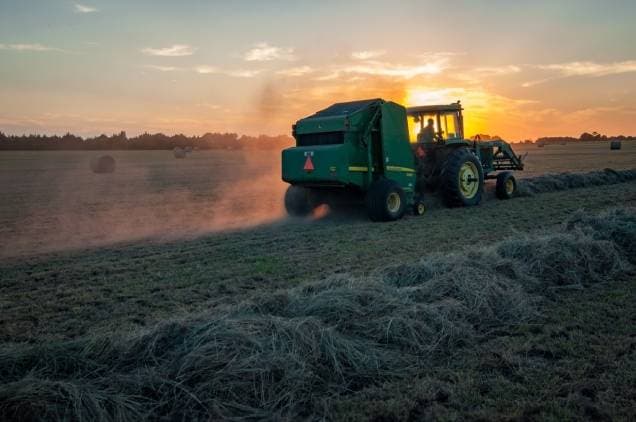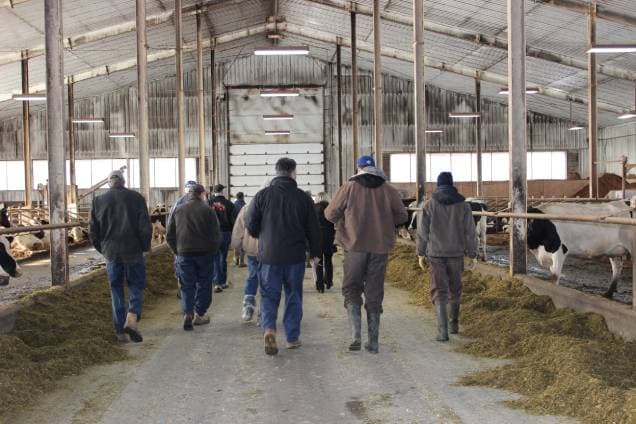
In the Occupational Hygiene post, we looked at health hazards and listed as a health hazard was chemicals. WHMIS 2015 is part of the Global Harmonized System which is a process for classifying and labeling chemicals or hazardous products. WHMIS 2015 is a training program involving the classification and labelling of chemicals or hazardous products. The training system involves worker education where the worker learns how to read supplier labels, create workplace labels, and read Safety Data Sheets (SDS) in order to protect themselves against the hazards of chemicals or hazardous products. The Farm Sustainability Assessment Tool code FSA105 asks, “Do you ensure that workers who handle hazardous materials are not younger then 18 or pregnant and do not suffer from chronic or respiratory disease?” So, if you are using chemicals or hazardous products on your farm, and workers are working with the chemicals or hazardous products or in the proximity of chemicals or hazardous products, then those workers should be trained in WHMIS 2015. Those who are under 18, pregnant and have a respiratory disease should not be working with chemicals or hazardous products.
It is best to provide training on WHMIS 2015 before farmers and workers use or work around chemicals or hazardous products such as on the first day of work, a worker assigned to a new position, or using chemicals or hazardous products for the first time. WHMIS 2015 training includes information found on a Safety Data Sheet (SDS), location of the SDS on the farm, information on supplier and workplace labels, procedures for the safe storage, handling, use, and disposal of hazardous products or chemicals as well as procedures for emergency response or exposure to the hazardous product or chemical.
Once training is conducted, farmers, check that workers understand the training and can apply the training in the workplace. Workers can be given written or oral tests, or can do a demonstration to show you what they have learned in training. Conduct refresher training when conditions in the workplace change, chemicals or hazardous products have changed, evaluations indicate that training is inadequate, or that previous training is no longer effective.
WHMIS training improves hazard communication which will in turn improve on-farm sustainability.
Have you been using the Farm Sustainability Assessment throughout this series? How are you scoring in the area of health and safety so far? If you have been participating so far, and are using the series to build a stronger health and safety plan, you are probably scoring quite high. There is still a bit more we can do to engage our workers, assess risk, and control hazards.
Stay tuned!!



